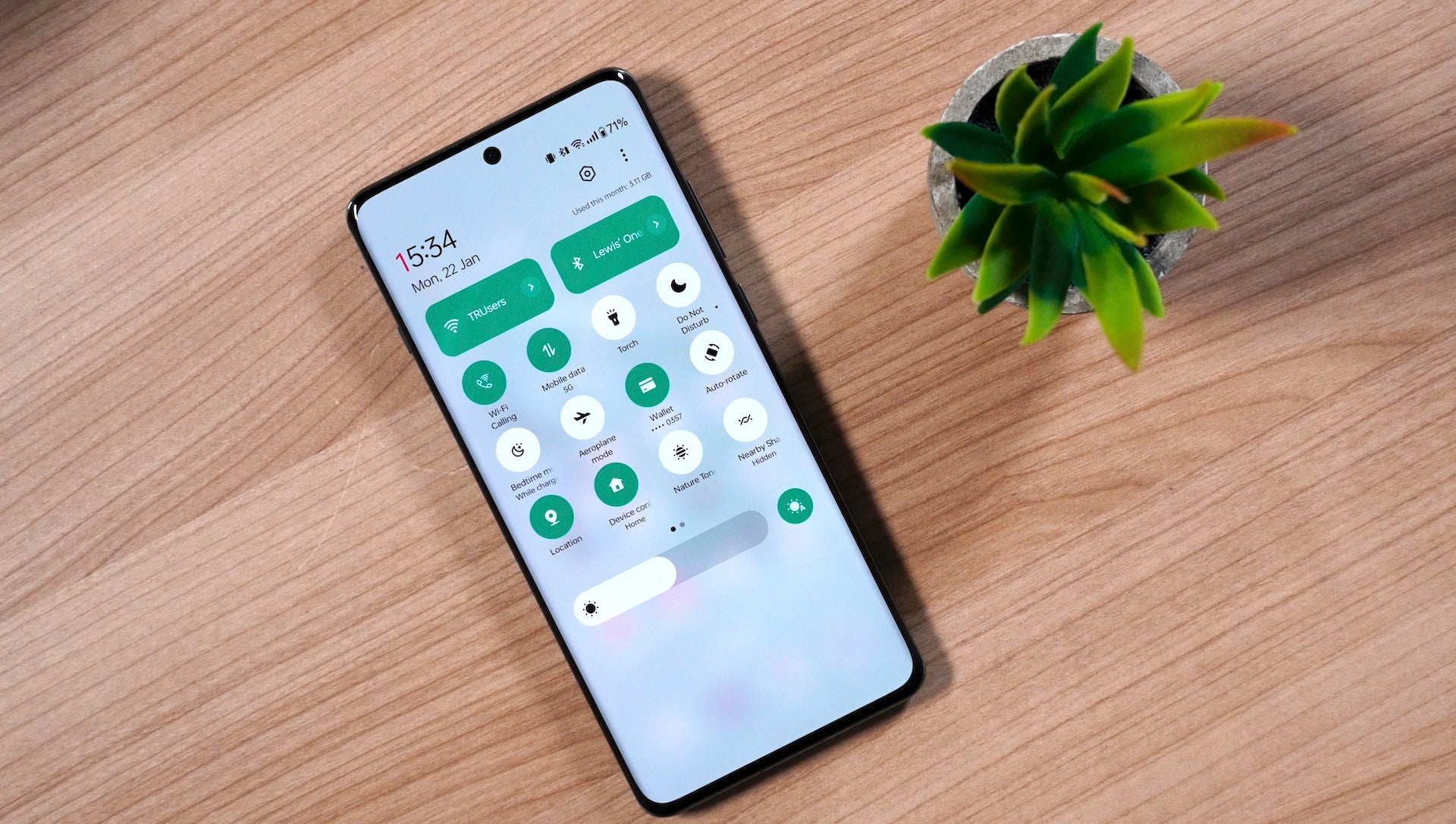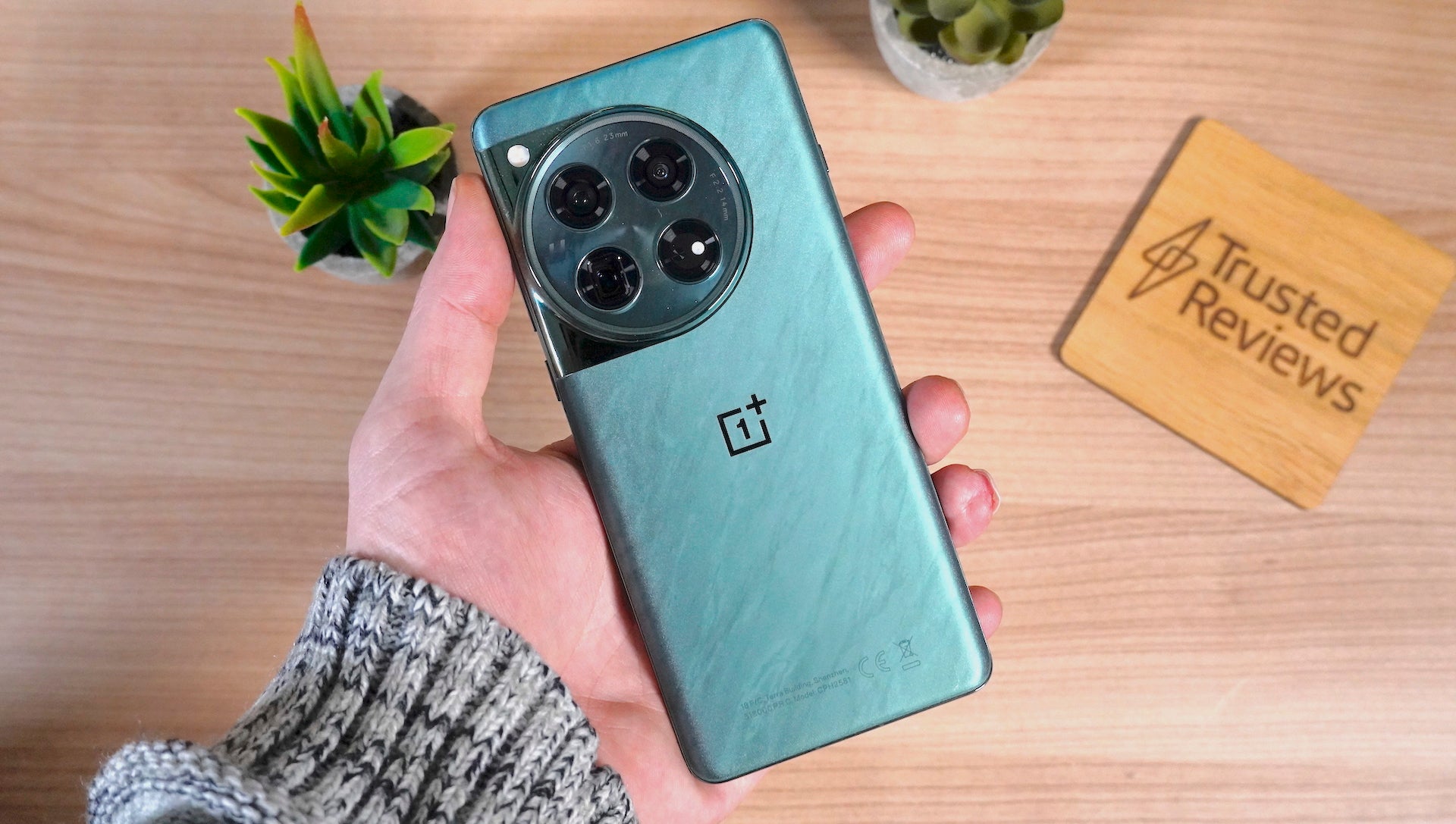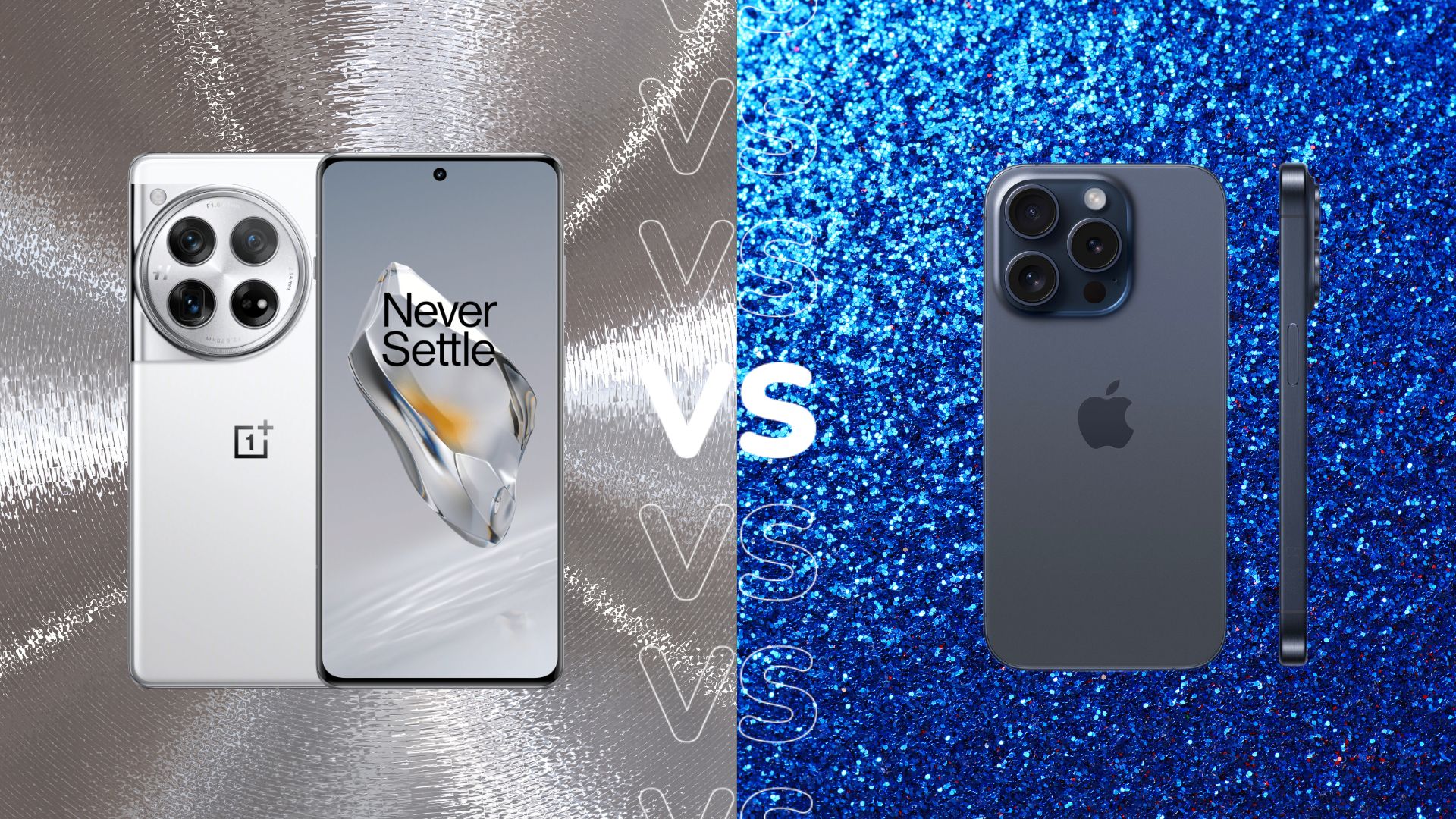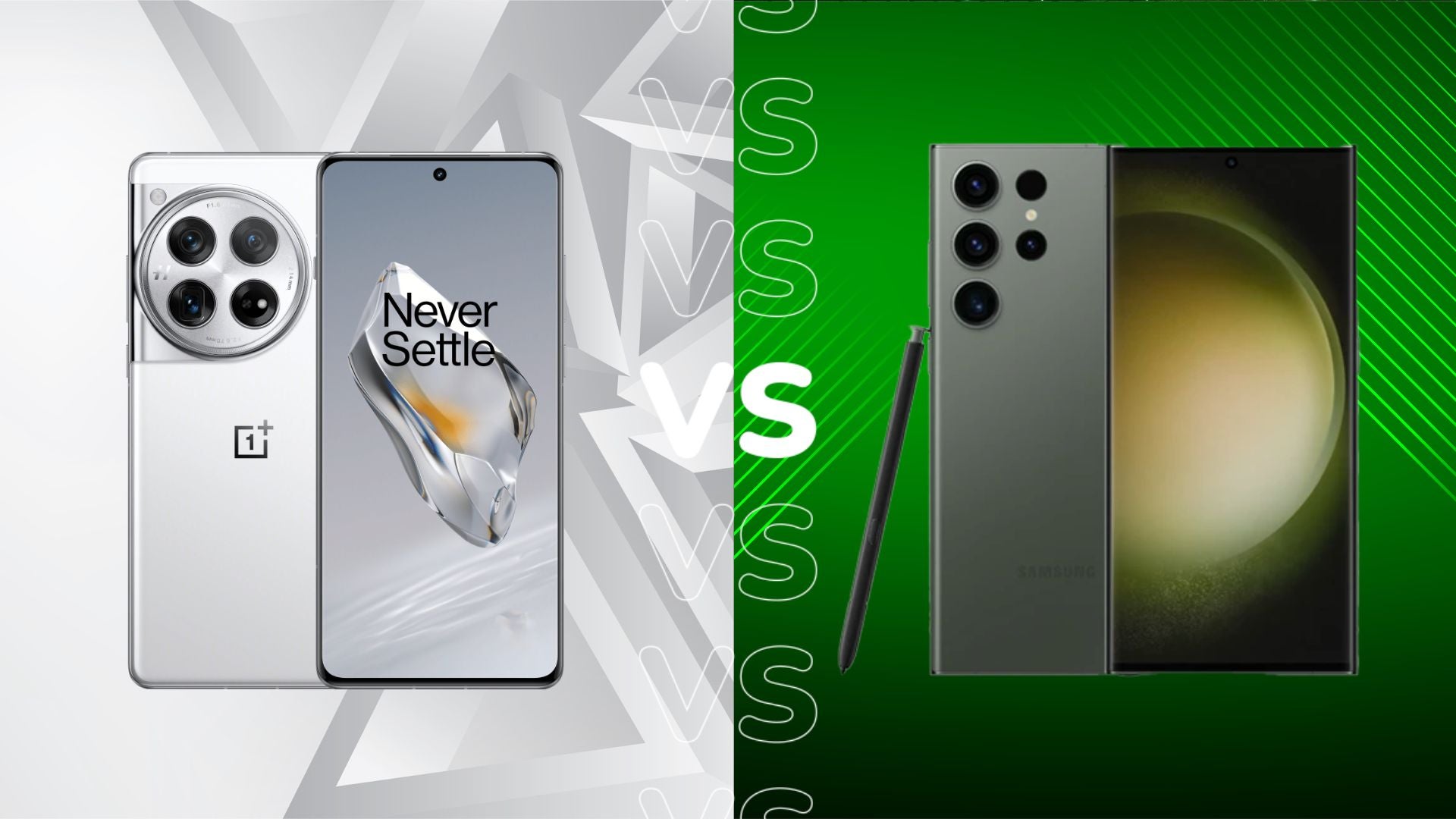OnePlus 12R vs Google Pixel 8: How do the mid-range Androids compare?
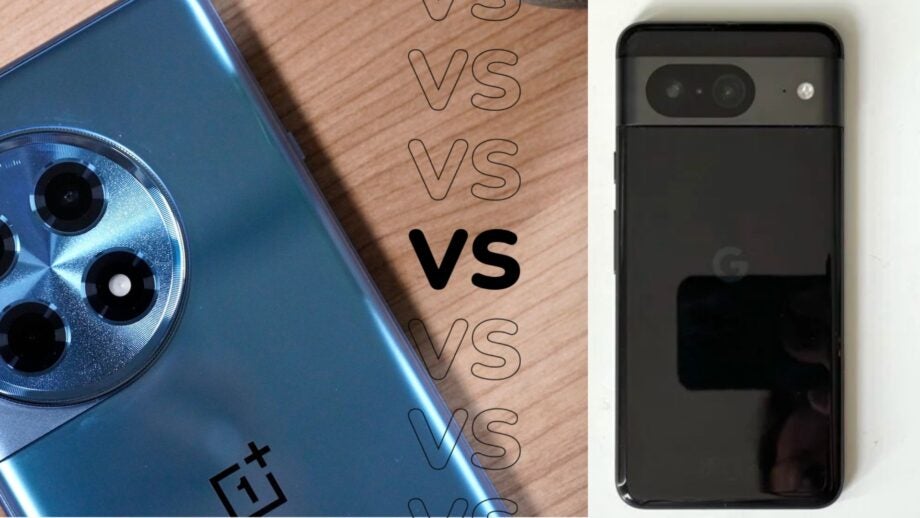
OnePlus has announced two new phones, including the mid-range OnePlus 12R. But how does it compare to Google’s excellent Pixel 8?
The Google Pixel 8 is one of the easiest phone recommendations at its $699/£699 starting price. That could all change with the release of the OnePlus 12R, which looks to offer a more spec-laded approach for £649/$599.
Here we’ll compare some of the biggest differences between the two phones, and you can see a full spec comparison at the bottom of the page.
The Pixel 8 has a big emphasis on AI
One of the biggest selling points of the Pixel 8 – and its larger 8 Pro sibling – is the bevvy of AI-infused features Google has added. From the Magic Eraser in the camera that can remove unwanted guests to the clever transcription and translation features, the Pixel 8 is more about how the software works than performance metrics.
These AI skills are powered by the Tensor G3 chipset, which isn’t anywhere near as powerful in raw numbers as the Snapdragon 8 Gen 2 chip you’ll find powering the OnePlus 12R. However the OnePlus lacks any of these AI benefits, so you need to weigh up which is more important to you.

If you’re after gaming performance and benchmarks, the OnePlus 12R is the better pick. If the helpful AI software additions are more your bag, you might be better off with the Pixel 8.

£10 gift card with the Google Pixel 8 Range
Get a £10 Currys or Deliveroo gift card when you purchase the new Google Pixel 8 range pay monthly contracts or upgrades
- Mobiles.co.uk
- PAYM or Upgrade
- £10 gift card
The OnePlus 12R is bigger, with more screen features
Out of the two, the OnePlus 12R is the bigger device. It has a 6.78-inch display as opposed to a 6.2-inch version on the Pixel 8 and it’s noticeably heavier (207g v 187g). This will either be a pro or a con, depending on how you use a phone.
The screen on the OnePlus 12R generally looks to be more feature-rich than the Pixel 8. While both are FHD+, 120Hz and OLED the OnePlus utilises LTPO 4 tech to alter the refresh rate depending on specific tasks. The OnePlus 12R also has a neat trick that helps the screen perform better when it’s wet.
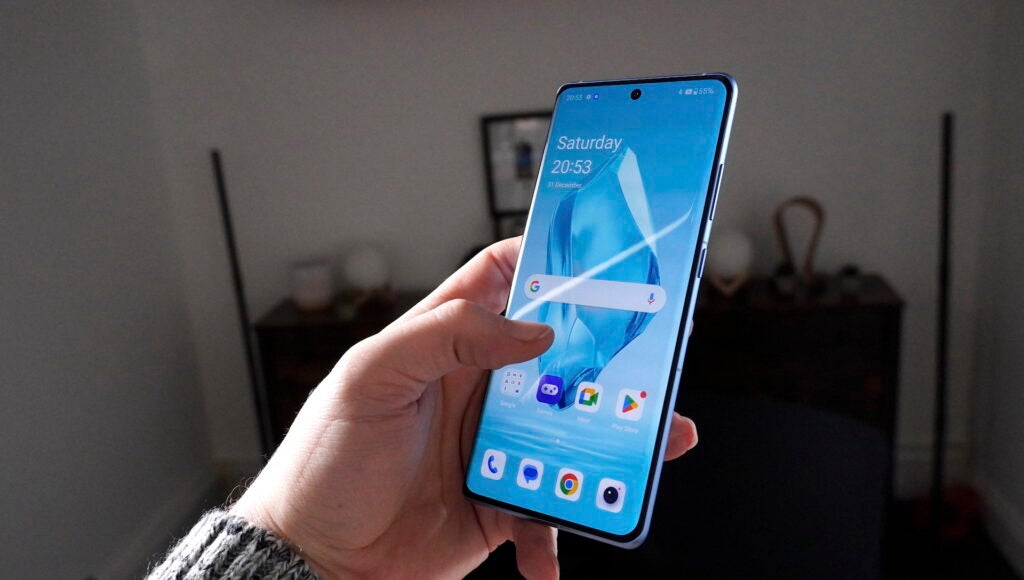
We’d always recommend the Pixel for camera performance
While we’ve not fully reviewed the OnePlus 12R yet, from our experience we’d be surprised if the camera performance matches the Pixel 8 – at least for pure picture quality.
Google’s offering packs a main 50MP sensor, 12MP ultrawide and a 10.5MP selfie. OnePlus, on the other hand, also uses a 50MP main sensor, but switches to an 8MP ultrawide and then adds a 2MP macro sensor we doubt many will properly utilise.
Google’s camera processing tech and colour balance has always been some of the best in this range of Android phones and unless OnePlus has seriously upped its skills, the Pixel 8 should still be the pick for camera performance.
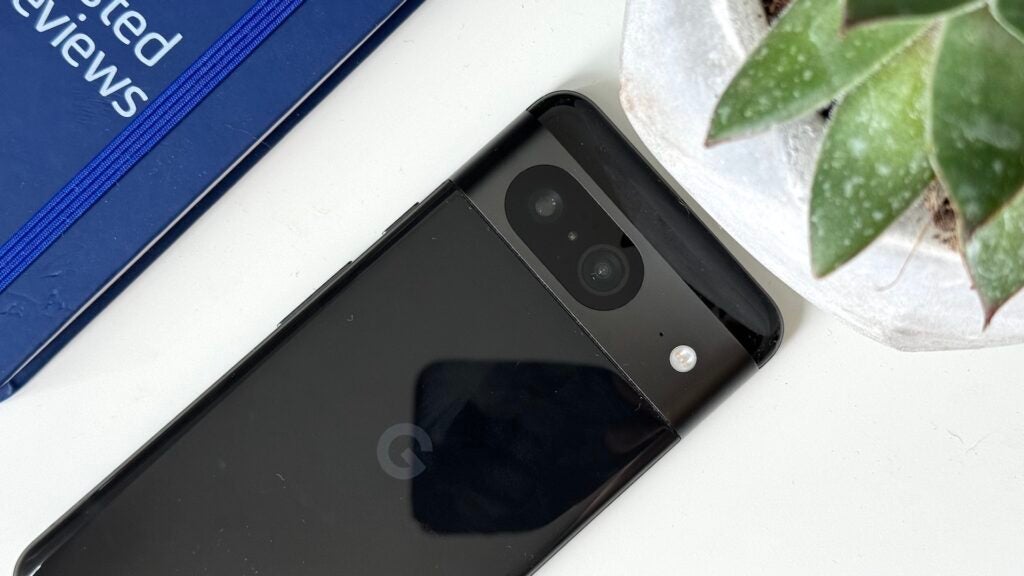
You’ll get from 0-100% a lot quicker with the OnePlus 12R
The OnePlus 12R blows the Pixel 8 out of the water when it comes to all things battery. Not only is the cell itself much bigger (5500mAh vs 4575mAh) and you’ll find a charger included in the box, but the speed at which it charges is far superior.
The OnePlus 12R packs 100w wired charging, allowing the device to go from 0-100% in roughly 25 minutes. The Pixel 8, on the other hand, needs roughly 90 minutes.
The Pixel 8 does have wireless charging, a feature missing on the OnePlus 12R.


